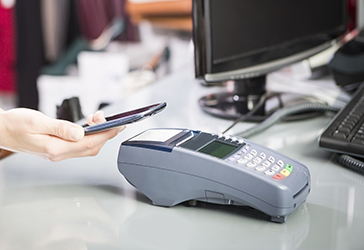
Most people these days set up a wireless home network so that all of their devices can connect simultaneously. It is not unusual to have a desktop computer, a home gaming system, several televisions, laptops, tablets, and phones all connected to a single home network at the same time. While wireless networks are very convenient, they can also make you susceptible to malicious hackers trying to access your personal data.
Why network security is essential
An unsecured network can allow people you do not know to gain access to your network, view data coming in and out, or trick you into visiting malicious websites. Hackers may even be able to access information stored on your personal devices, leaving you vulnerable to identity theft. Plus, on a less critical note, neighbors could also join your network and soak up your bandwidth, slowing upload and download speeds for all of your devices.
Checking if you are on a secure network
From a user perspective, the main difference between a secure network and an unsecured network is that you need to enter a password to connect to the network. Your network device will indicate that a password is required by showing a symbol of a lock next to the network name in the list of available networks. It might even indicate the type of security when you hover over the network name with your cursor.
Most public networks should not be considered secure if the password is available to anyone who asks for it. Your home network, though, and home networks of friends and family, can be secure if they include a password.
Setting up secure networks
Take the time now to make sure your home network is as secure as possible so that you can protect your household and any friends and family who use your network. The more security precautions you put in place, the more secure your network will be.
- Turn on the encryption feature on your wireless router, selecting WPA2 encryption if it is available. If not, use WPA, or in a pinch, WEP encryption. Both are weaker than WPA2.
- Change the default name and default administrator passwords that your router had when you bought it. Most hackers know these defaults and can change your router's settings if they use them to get into the administrative panel.
- Set up a password requirement to access your wireless network. Choose a password that's hard to guess, is at least eight characters long and includes a combination of uppercase and lowercase letters, plus numbers and symbols.
- Enable the firewall on your router and also enable the firewall on your computer. In addition, use anti-virus software to protect yourself from any malicious attacks you may stumble across.
Information on how to implement all of these security measures should be available in the documentation for your wireless network router.





